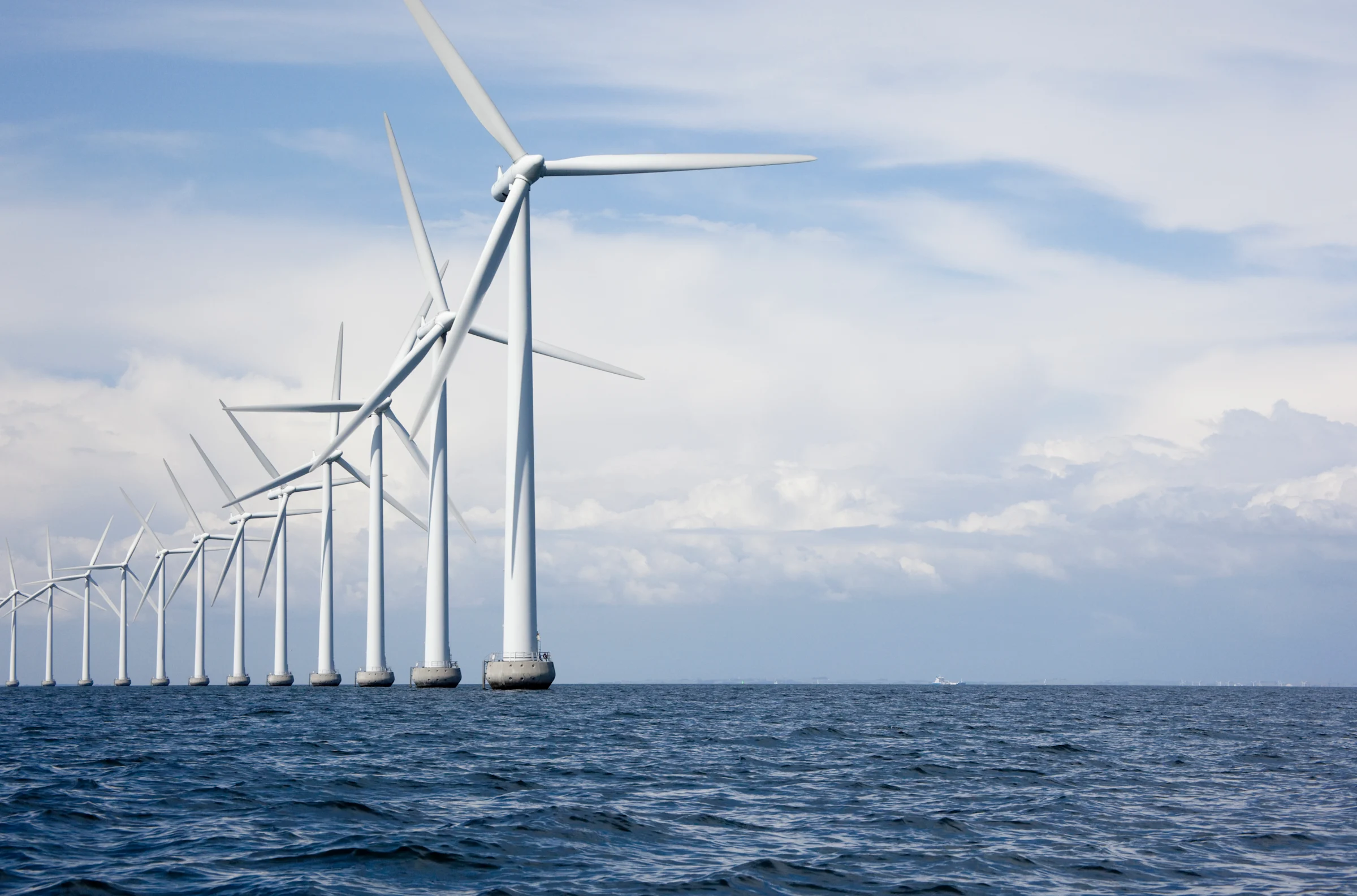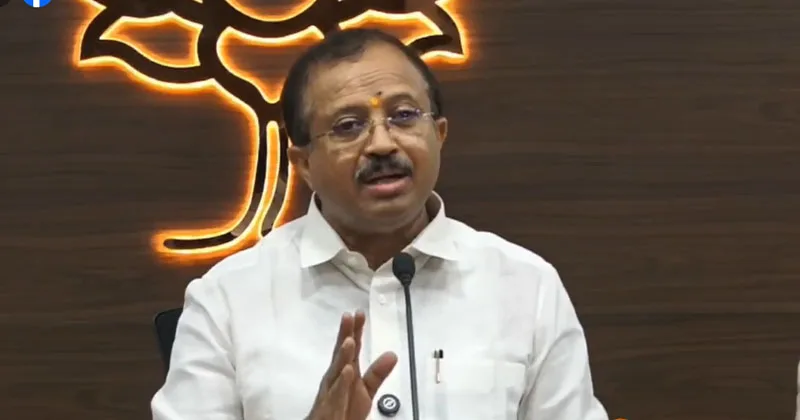By Rob Waugh
Copyright yahoo

The Octopus Energy founder has claimed that Britain’s 2,500-plus wind farms are paid billions to stop producing energy in what he describes as a “racket”.
Greg Jackson said that the National Energy System Operator (NESO) pays wind farms even when they have to shut down due to there not being enough energy infrastructure to handle the power they are generating. This means the wind farms are shut down to keep the grid balanced, even when they can produce electricity.
In addition, Jackson pointed out that when wind power is not used, gas power can be used instead – meaning that companies owning both wind farms and gas power stations, in effect, get paid twice.
But is it really a “racket”, as Jackson called it? Yahoo News spoke to two energy experts, who explained that it’s very common in energy contracts for producers to be paid regardless of whether they make electricity, and in the case of wind power, it’s a reflection of the UK’s high ambitions to be a world leader in energy generation.
How much wind power does the UK produce?
The UK is a global leader in offshore wind power generation – in fact, it was ranked number one until being overtaken by China in 2021.
With over 15 gigawatts of operating capacity, providing 17% of the UK’s electricity needs, the government has a target to deliver 43-50GW by 2030 as part of its Clean Power 2030 strategy. This, it says, would make the UK less vulnerable to fossil fuel price shocks like the one caused by Russia’s invasion of Ukraine.
Why do generators get paid not to produce electricity?
Being paid regardless of whether electricity is produced or not is a standard feature of energy contracts known as power purchase agreements (PPAs).
Scott Flavell, head of energy at global consultancy firm Sia, explains: “With regards to power purchase agreements (PPAs), under this arrangement the system or market operator agrees to buy a certain capacity of power generation at an agreed price over a period, e.g. 10 years. This provides the wind farm developer with contracting and price certainty to develop the project.”
“However, the system may not always require the wind generation, e.g. it could be very windy in the North Sea and there is significant wind power being generated. It could be a day when market demand is low and therefore the excess wind capacity is not required.
“The system operator needs to balance the system between supply and demand. But under the PPA, the generator already has a contract in place, whether the system requires the capacity or not.
With wind power in particular, the energy may not be needed because the electricity transmission and distribution system does not have the infrastructure capability to deal with the large load, Flavell says.
Is the system broken?
Far from being a ‘racket’, the fact that wind farms are paid not to produce highlights the ambition of the UK’s energy plans, says Dr Tom Rogers, an expert in energy systems at Nottingham Trent University’s School of Science and Technology.
“Wind curtailment is a sign of the UK’s success in rolling out renewables at pace. Paying wind farms not to generate electricity can sound wasteful, but it reflects a simple reality… the grid must stay balanced, and sometimes there isn’t enough capacity to move or store all the clean power being produced,” he says.
Read more: 6 everyday items you’re probably recycling wrong
“This could be considered to have been a calculated risk. The UK chose to prioritise rapid growth in wind capacity, accepting that some generation would be curtailed in the short term rather than delaying projects until grid and storage were ready. The long-term benefits of decarbonisation and energy security outweigh these temporary inefficiencies.”
Will this stop?
Wind curtailment is likely to remain for some time, but will ease up as more energy infrastructure allows more wind energy to be used, Dr Rogers explains.
“It should gradually ease as grid links, storage projects, and demand-side flexibility expand. Batteries and smart energy use are already growing quickly, and large new transmission projects are underway to connect renewable-rich regions to centres of demand,” he says.
“In short, curtailment is not evidence that wind ‘doesn’t work’. It reflects a conscious decision to build clean energy fast, and the challenge now is for the wider electricity system to catch up so that we can make full use of it.”



